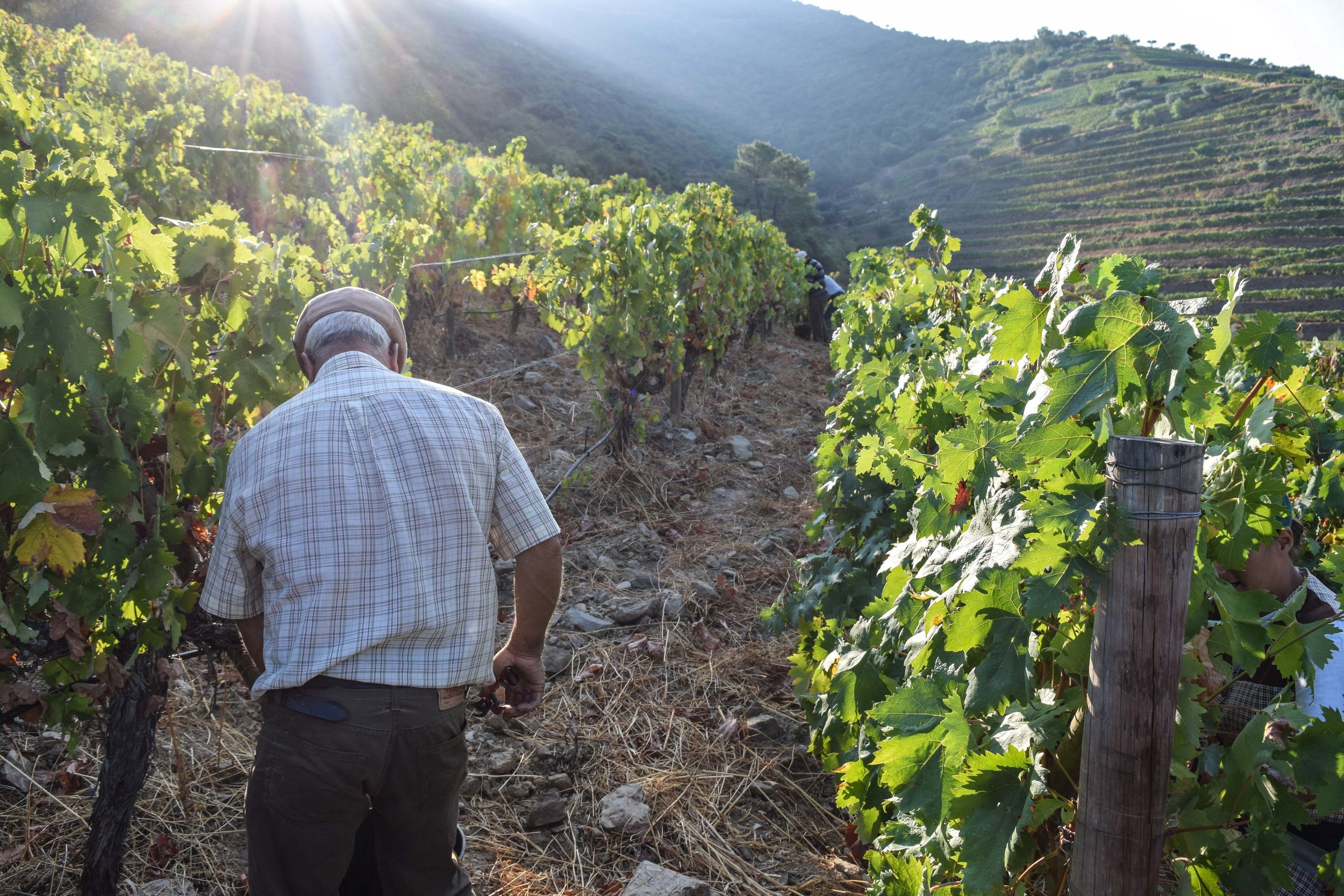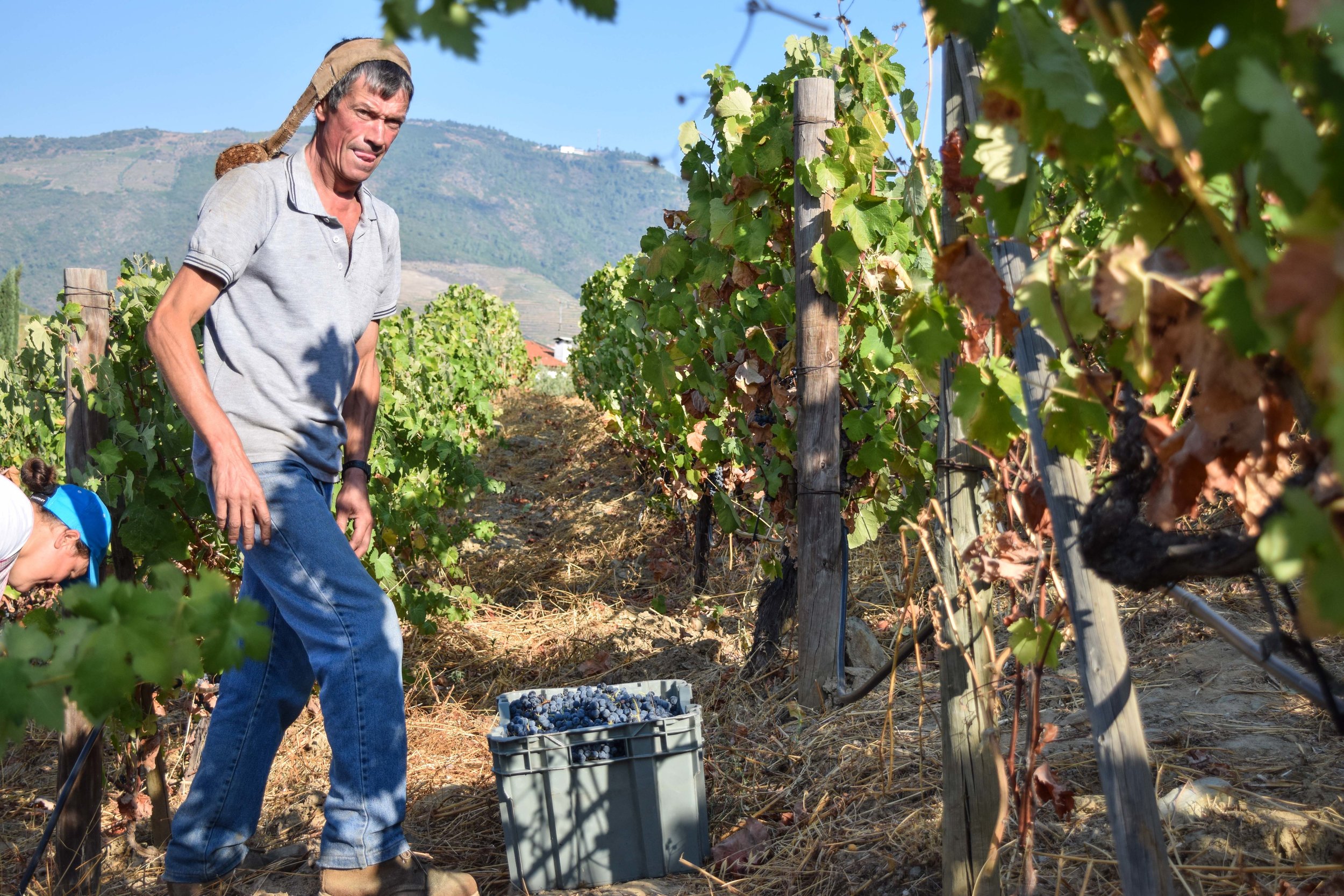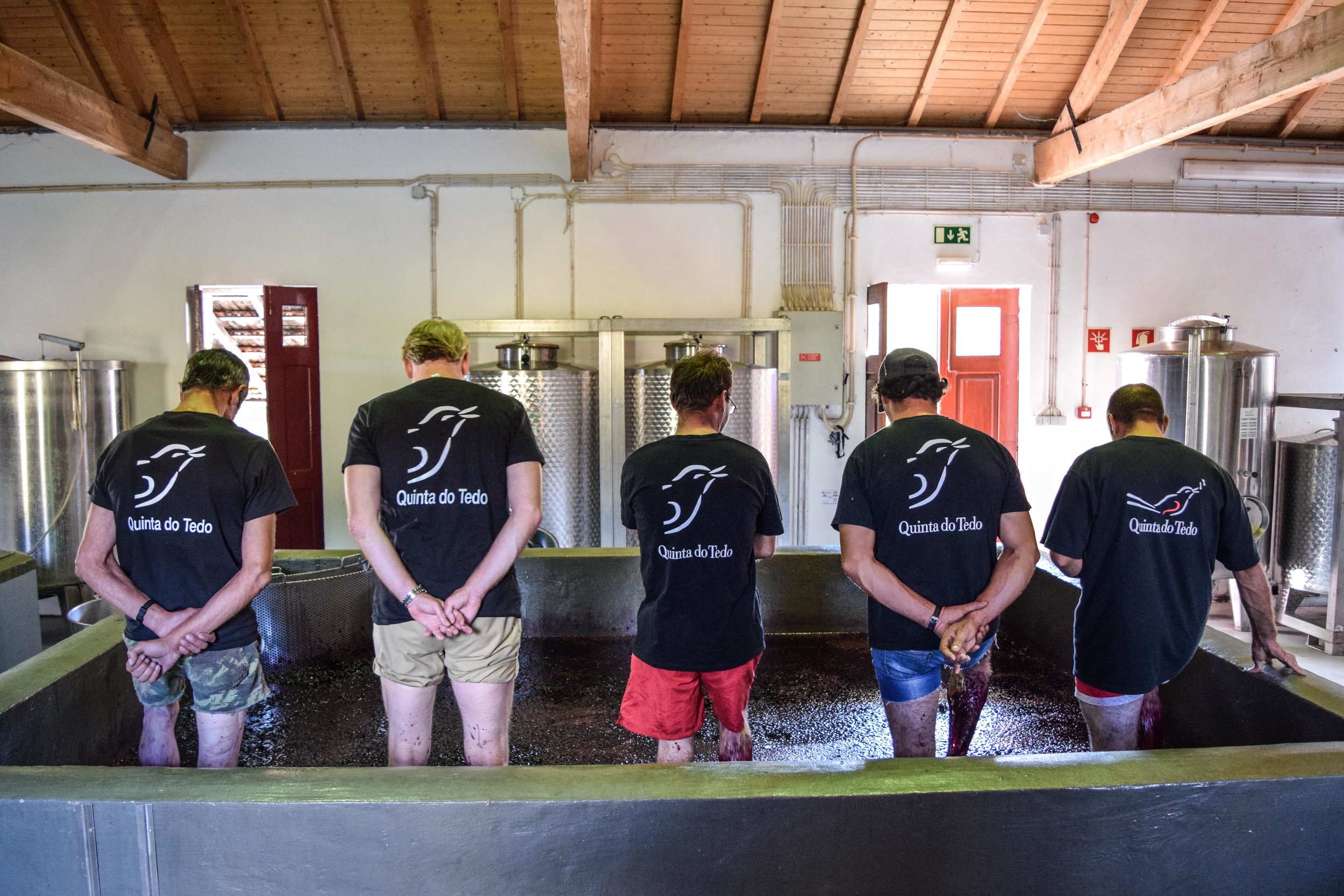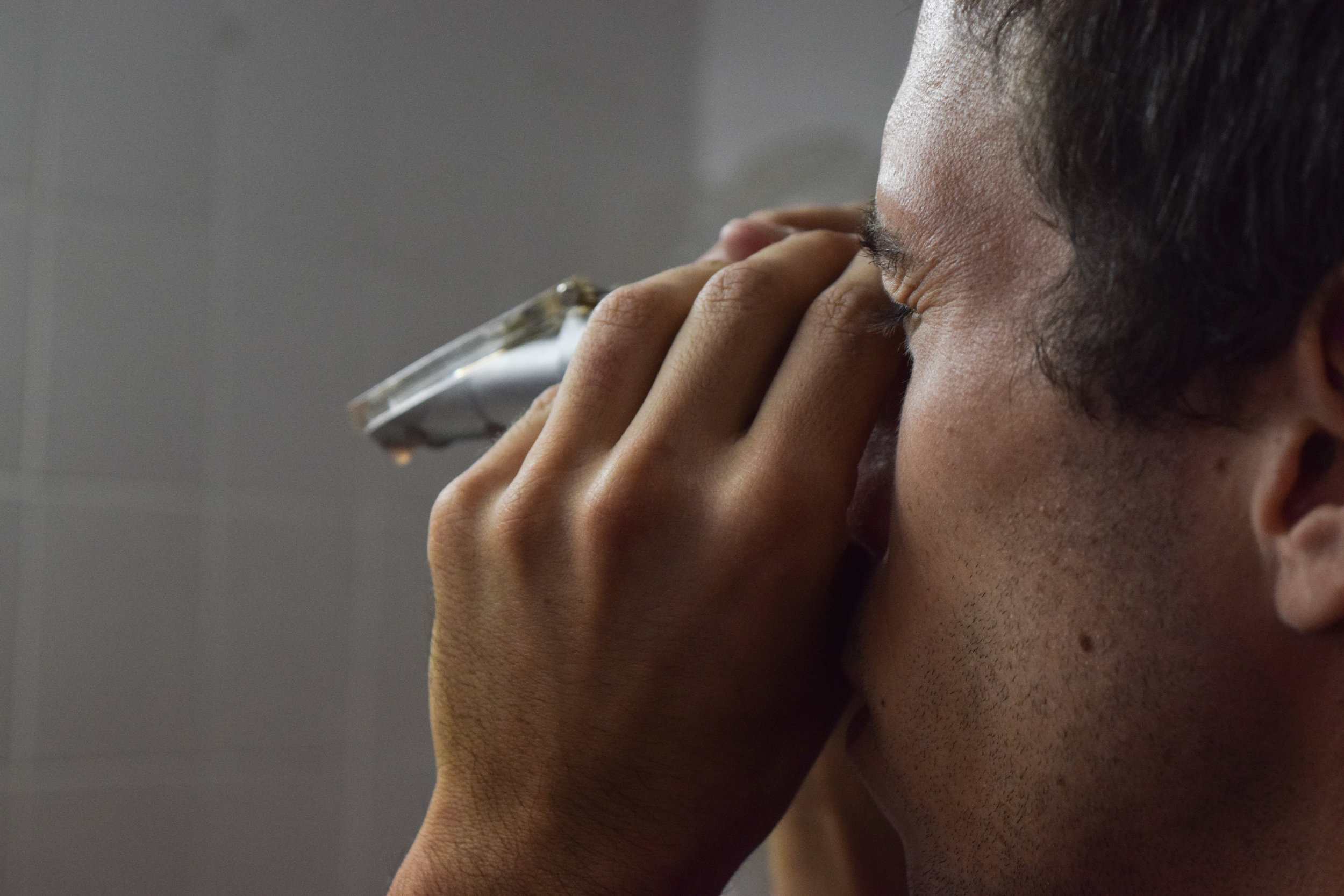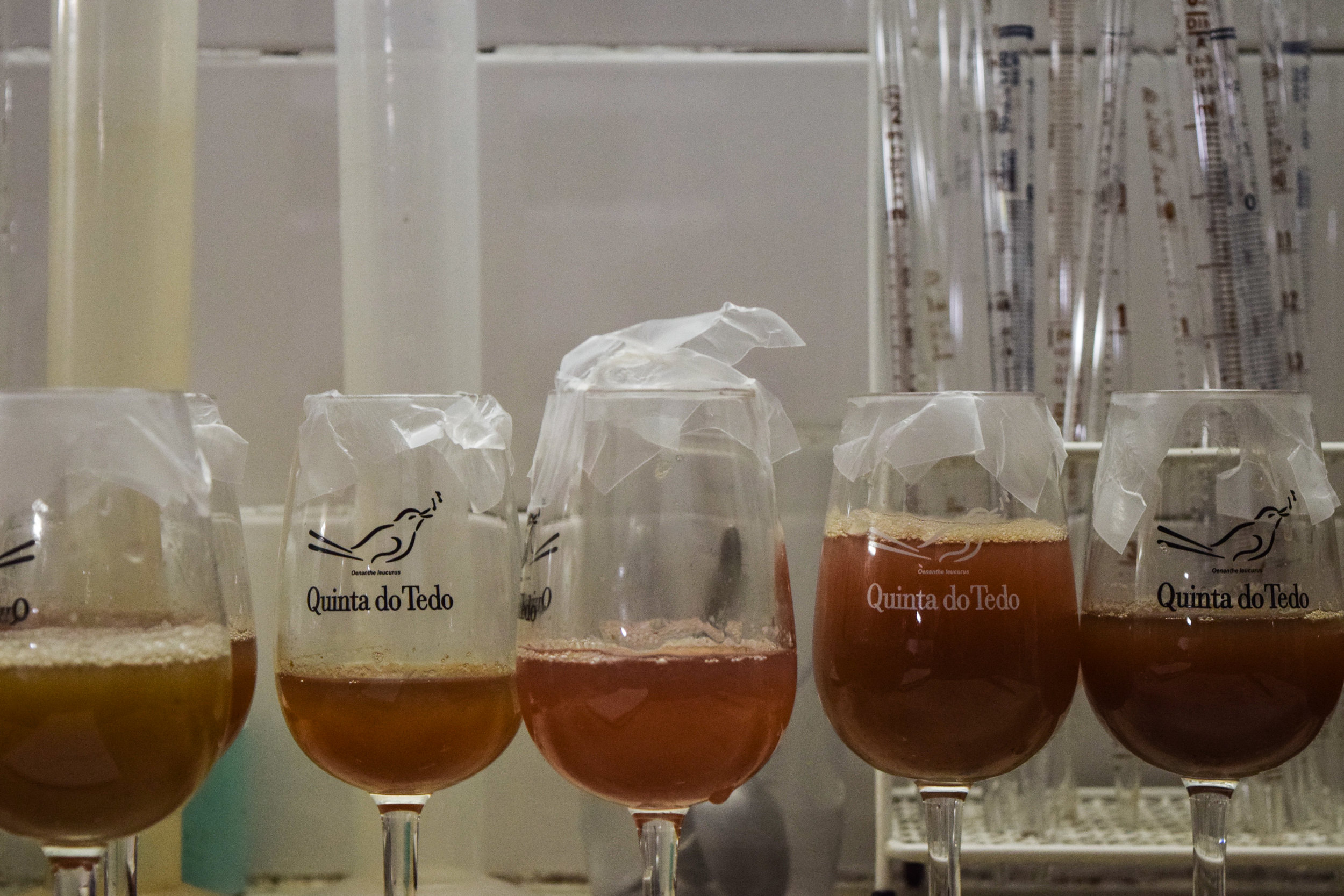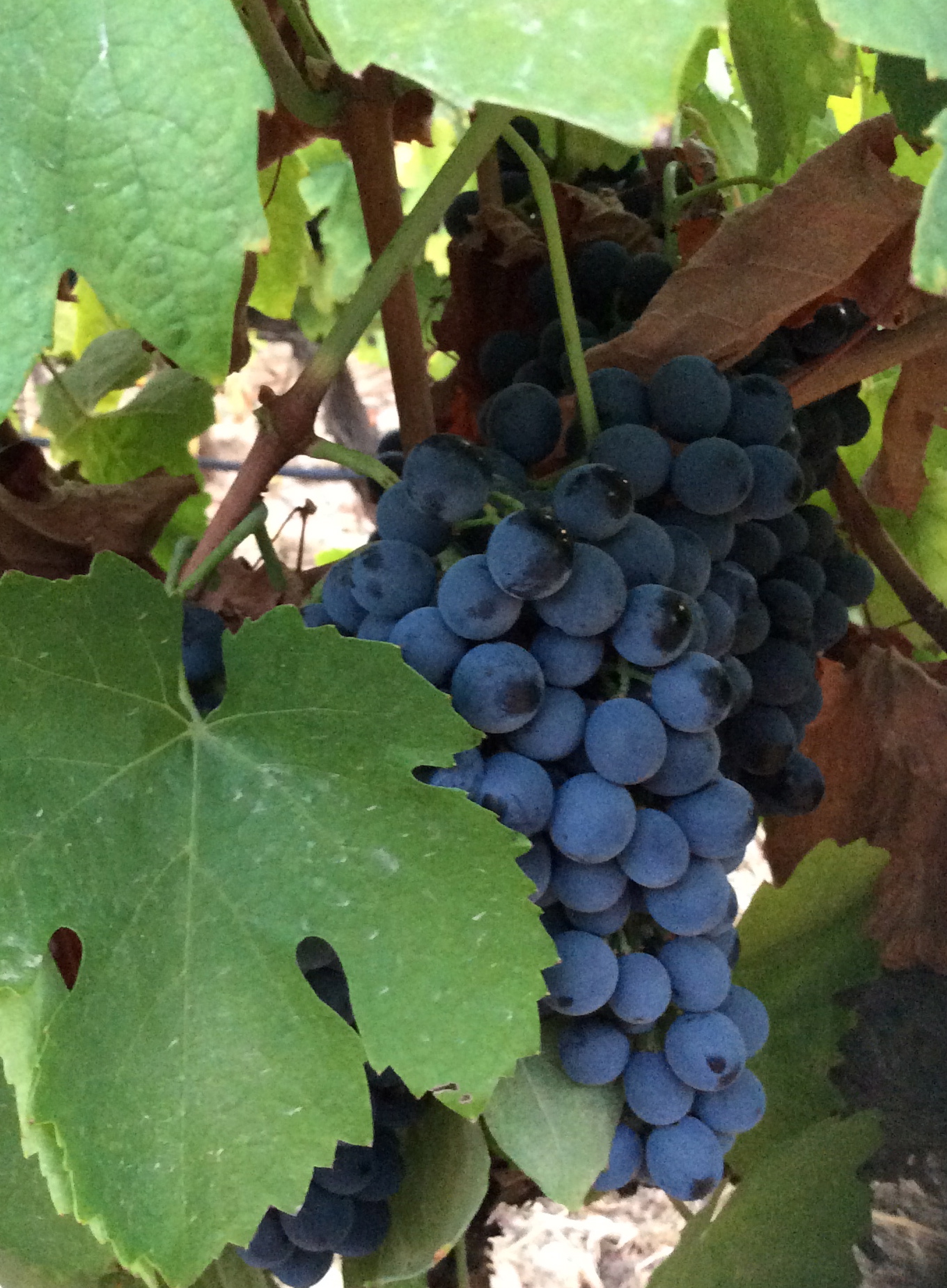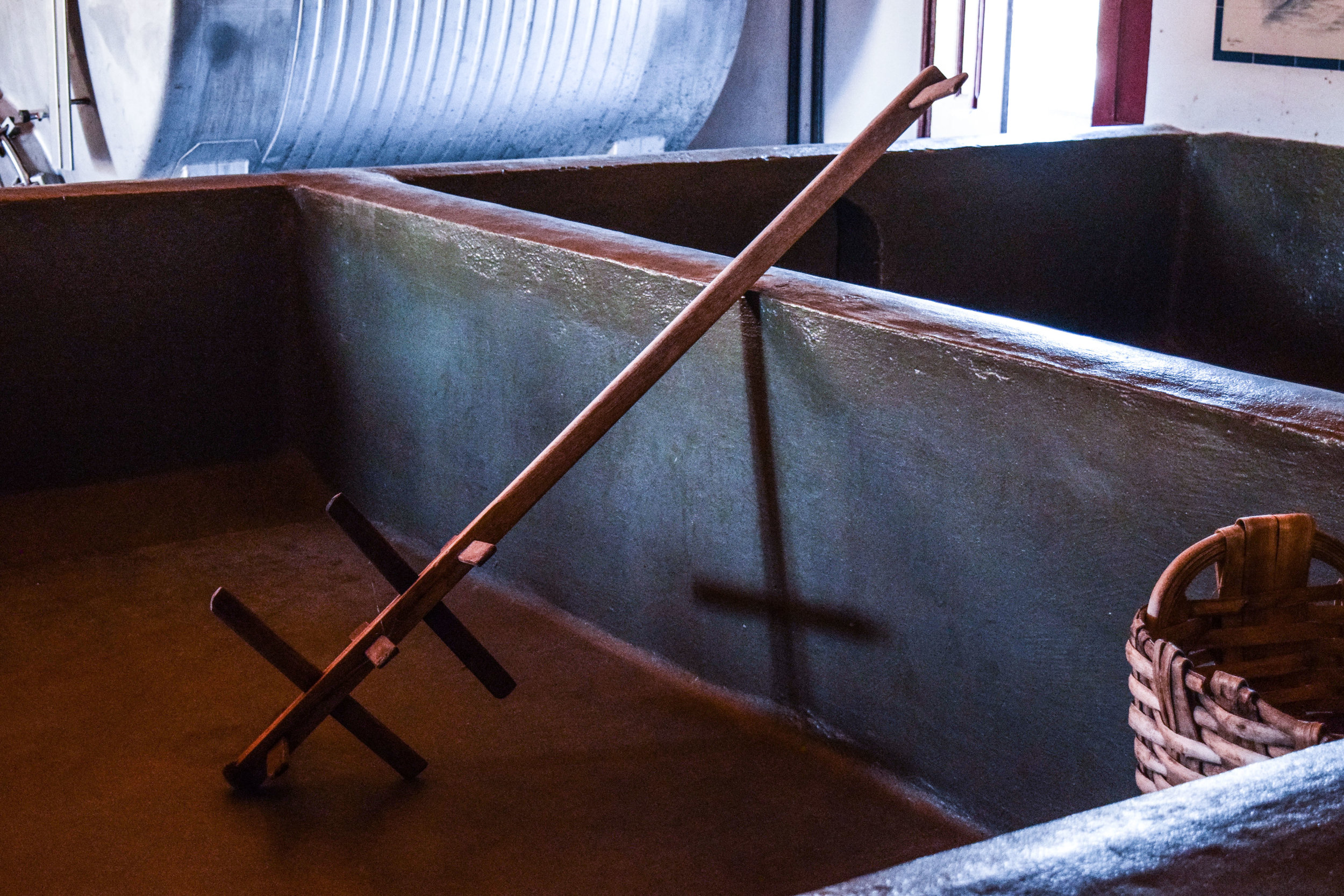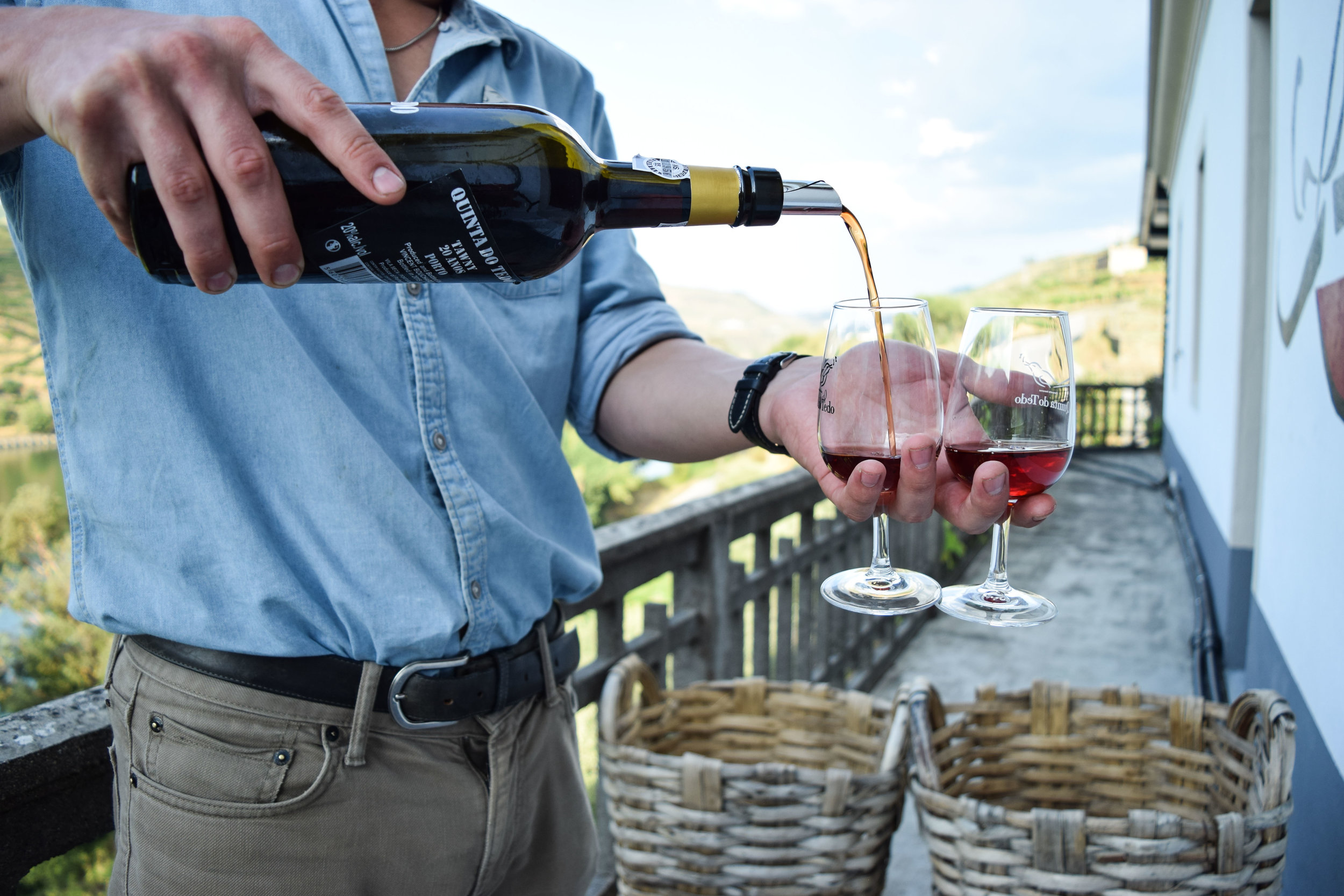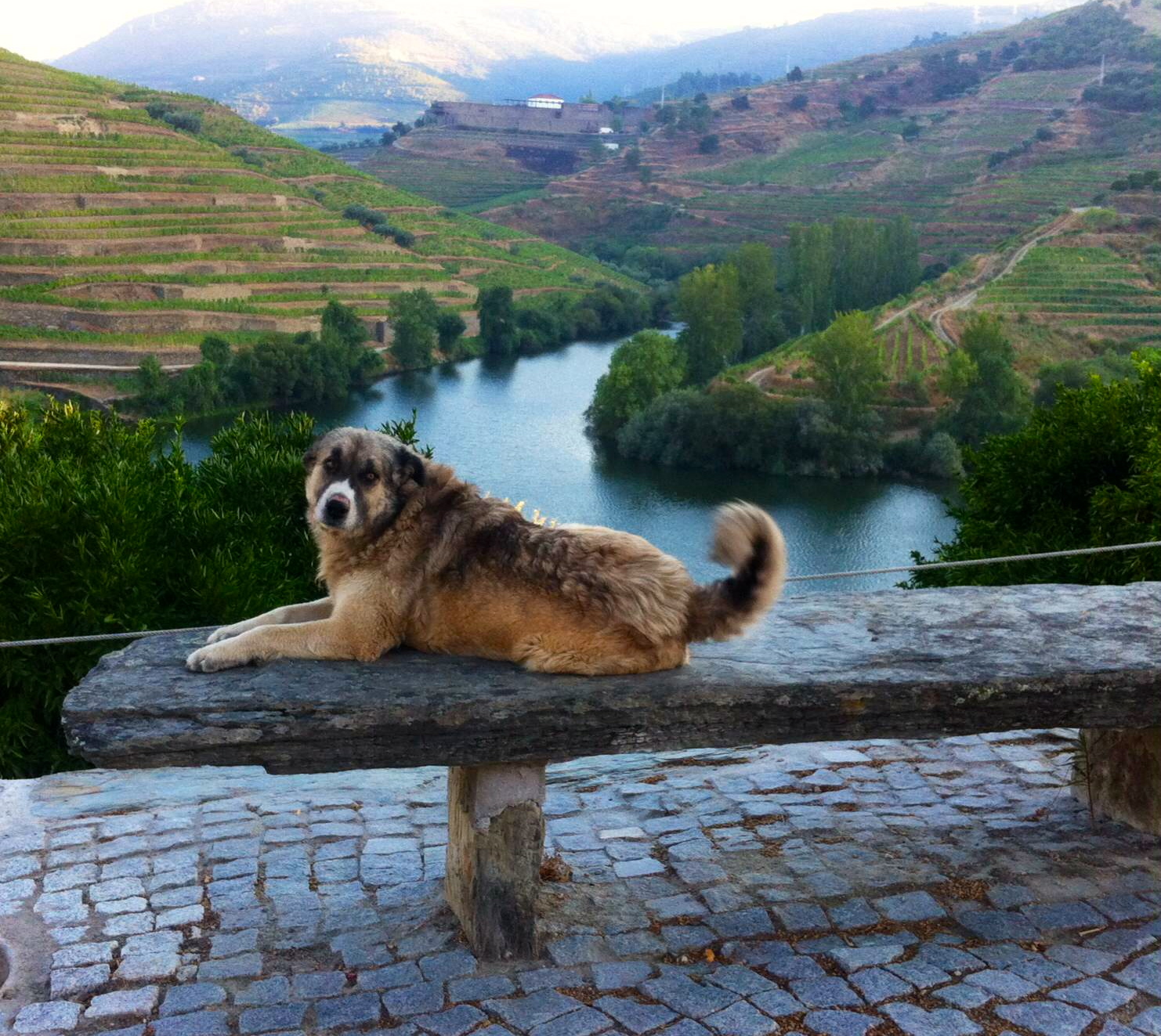At Quinta do Tedo we use cork for our wine stoppers. They come from the Quercus suber – aka cork oak, growing in southern Mediterranean countries. This tree has a uniquely thicker outer layer of bark, made of water-resistant cells, that separate the outer bark from the delicate interior bark. Rot, fire, temperature and water resistant, the outer cork layer survives temperature fluctuations, frequent droughts and fires and is also a material that ideally stops wine bottles.
Harvested by hand using a long-handled hatchet, the cork layer is pried away from the tree and stripped off. This is done during the time of year when the weather transitions from colder to warmer temperatures – usually between late spring and early summer. At this time the trees “sweat” and the outer layer can be pried off.
The thicker the bark the higher the quality the cork. Stripped of its bark, the slabs of cork are boiled in vats of hot water to soften, and cork stoppers are mechanically punched out.
Portugal produces about 75% of the world's cork and is completely sustainable, as the cork layer naturally grows back every 8 - 13 years. The majority of cork forests in Portugal are located in the southern Alentejo region. A much smaller amount of cork trees are found in Douro Valley, to include along river Tedo. Today cork is fashioned into many design items, as anyone can see when visiting Portugal. From purses, to shoes and even to underwear (!), as well as flooring and wall covering that provide effective acoustics, cork provides countless applications.





















